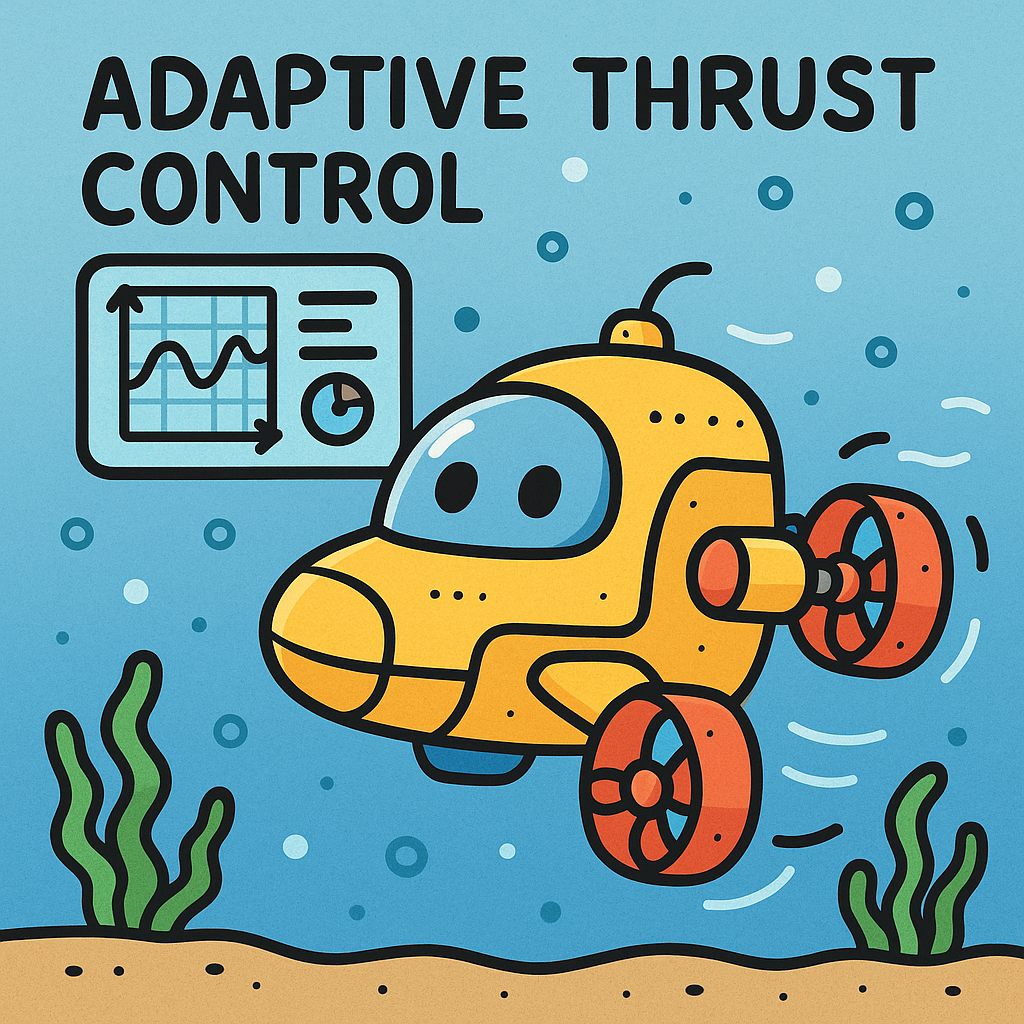Understanding the Role of Thrusters in ROVs
In the realm of underwater exploration, Remotely Operated Vehicles (ROVs) have revolutionized how we engage with the ocean’s depths. At the core of these sophisticated machines lies the thruster system, which enables precise maneuverability in challenging underwater environments. Designing adaptive control algorithms for high-performance thrusters is crucial, as they directly influence the ROV’s responsiveness and stability.
Challenges in Thruster Control
The underwater environment presents unique challenges that complicate thruster control. First, the buoyancy and hydrodynamics of water introduce dynamic forces that constantly affect the vehicle’s position and orientation. Traditional control algorithms often struggle with these variables, leading to sluggish responses or instability during operation. Additionally, varying currents can significantly alter the ROV’s trajectory, necessitating real-time adjustments to maintain desired paths.
Adaptive Control Algorithms: The Solution
Adaptive control algorithms offer a solution by continuously adjusting control parameters based on real-time feedback from the ROV’s sensors. These algorithms utilize models that predict the vehicle’s behavior under different conditions. For instance, using a model predictive control (MPC) framework, the algorithm can anticipate the impact of external forces like currents and modify thruster outputs accordingly. This foresight is essential for maintaining stability and achieving desired trajectories.
Hardware Considerations
The hardware that supports these adaptive algorithms is equally critical. High-performance thrusters must be capable of rapid response times and precise control. Brushless DC motors are often preferred due to their efficiency, longevity, and ability to provide high torque at low speeds. Pairing these motors with high-resolution encoders allows for accurate feedback on thrust levels and vehicle orientation.
Firmware: Bridging Hardware and Control
On the firmware side, the control loop must be finely tuned to handle the high-frequency data from the sensors and the thruster’s feedback. Implementing real-time operating systems (RTOS) can help manage the timing of these processes, ensuring that sensor data is processed and control commands are executed without delay. This is particularly important when operating in turbulent waters where every millisecond counts.
Design Trade-offs
Every design decision comes with trade-offs. One significant choice is between robustness and performance. While a highly adaptive control system can respond quickly to changes, it may also introduce instability if not properly calibrated. Engineers must balance responsiveness with the risk of overshooting or oscillation. This is where simulation tools come into play. By modeling the ROV’s behavior in a virtual environment, designers can iterate on their algorithms before deployment, minimizing risks in real-world scenarios.
Real-World Testing and Iteration
No algorithm is perfect from the outset. Extensive testing in diverse underwater environments is essential to refine the adaptive control algorithms. During these trials, engineers collect data on the ROV’s performance, adjusting parameters and algorithms based on observed behavior. This iterative process is critical, as it allows for the development of a system that not only adapts to current conditions but also learns from past experiences.
Why Design Decisions Matter
Ultimately, the design decisions made during the development of adaptive control algorithms for ROV thrusters can significantly impact mission success. A well-tuned system can enable intricate maneuvers in tight spaces, allowing for detailed inspections of underwater structures or ecosystems. Conversely, a poorly designed control system can lead to mission failure, wasted resources, and potential hazards to the vehicle and environment.
As we continue to push the boundaries of underwater exploration, the integration of advanced adaptive control algorithms will remain at the forefront of ROV technology. It’s an exciting time for engineers in this field, as each innovation brings us closer to mastering the complexities of the underwater realm.



